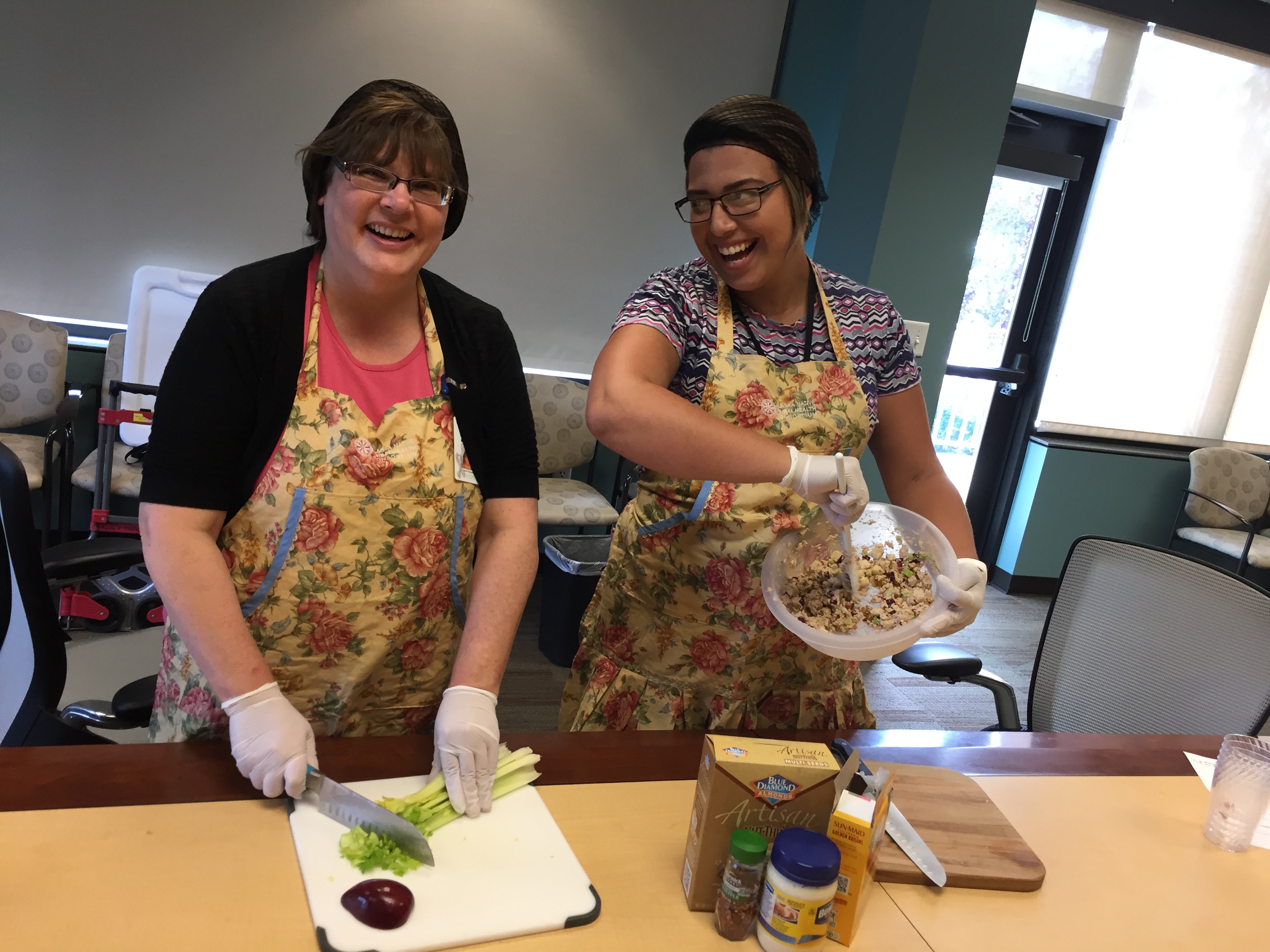

For most of the United States, the most effective way to get food to people who need it is through the Supplemental Nutrition Assistance Program, commonly called Food Stamps. But what happens if you live in a place where stores are limited and expensive?
Hunting, fishing, and gathering don’t provide everything that people are accustomed to eating anymore.
The U.S. Department of Agriculture has part of the solution through an alternative to Food Stamps for members of federally recognized tribes in rural areas of Alaska and on Indian Reservations.
The program is operating in 18 different villages in Alaska, including Sand Point, a town of just over 1,000 people at the start of the Aleutian chain.
Sand Point has a couple different stores, but because of the price of shipping and store overhead, like in many rural communities, “it gets pretty spendy,” said Wendy Gardner, the administrative assistant for the Qagan Tayagungin Tribe of Sand Point.
People in the community and other participating areas who make below a certain level can apply for Food Stamps and receive anywhere from $20 to $300 per person, depending on their income.
They can try to stretch them out at the store, or they can join the USDA food distribution program. Every month, each eligible person can select a large assortment of foods to fill their pantries.
Gardner, the local administrator of the Food Distribution Program on Indian Reservations, said she often hears the same reaction from participants: “’Gosh, this can last me for more than one month!’”
Some people who have extra end up donating to the church for others who are in need.
Here’s how it works. Once a month Gardner orders food from a list of 72 different options like canned peas, frozen bison, and containers of light buttery spread.
They’re all products from U.S. farms plus some wild caught salmon. USDA food distribution programs are designed to help American farmers as well as people who need food.
People pick out which foods they want from the tribe’s warehouse.
For each person in the household, they can fill a large box, including up to 5 pounds of pasta, 8 quarts of shelf-stable milk, and 3 pounds of meat.
There’s even a limited amount of fresh produce.
“I am happy to say that most clients who want the fresh stuff, get the fresh stuff along with their cans,” Gardner said . It’s often hard to get fresh produce in rural areas because of expensive and lengthy shipping.
Statewide, more than 800 people participate from 18 different tribes, and the Alaska Native Tribal Health Consortium helps coordinate the program.
A USDA study shows that most of the people across the U.S. who participate live well below the poverty line.
Nearly one-third supplement the food they receive with hunting, fishing, and gardening.
Given how much more food you can get through this program versus Food Stamps, why doesn’t everyone who is eligible participate?
Gardner has a theory.
“I know some people are kind of skittish about trying my program because it’s a nutritional-based program,” she said, meaning none of the foods have added salt or sugar.
They aren’t like the commercial products people are accustomed to. Plus it’s easy to run out of ideas for broccoli or beans if you didn’t grow up eating them.
Marcia Anderson, the health promotion program manager at the Alaska Native Tribal Health Consortium, has a solution for that.
She understands because she grew up in rural Alaska, too, and didn’t eat lots of fruits and vegetables that she couldn’t find on the land.
The food from the program “may taste differently. They may look different,” she said. “They’re all kinds of colors. Different textures. People are not always familiar with how to use all of the food items.”
To try to combat those feelings and to increase nutrition education, Anderson and her assistant Karolyn Ceron have been traveling around the state teaching nutrition classes that highlight new ways to use the foods in combination with traditional items.
They put on enthusiastic demonstrations that are reminiscent of cooking shows on television. One of their popular recipes is fruity salmon salad, which combines canned salmon with apples, raisins, and celery — all items from the program.
Anderson said she was skeptical at first, “I thought my salmon. I don’t want to ruin my salmon!”
But she tried it out and loved it.
The goal of the food distribution program is to go beyond just getting food to people who are hungry, Anderson said.
They also educate communities about nutrition and how it affects your body. Western foods are available everywhere in the state, and they want people to know how to make healthy choices and pass on that information to their families.
“You visit around foods. We have cultural and traditional customs around foods,” Anderson said. “So it isn’t just about getting the food. It’s about all the things that go and surround food that we as human beings enjoy.”
Administrators at ANTHC said they’d like to expand the program to other tribes but need additional logistical support like more warehouse space.